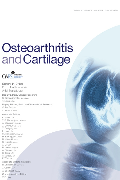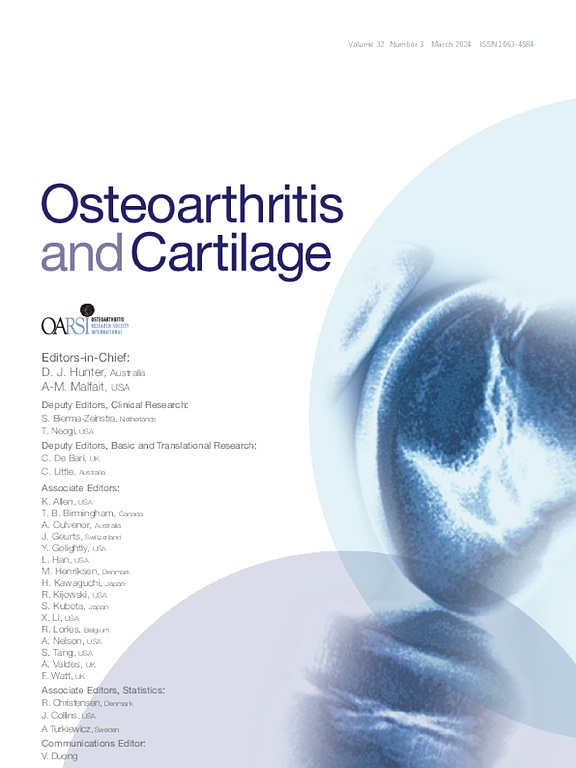
IA glucocorticioid not associated with decrease in synovitis when compared to IA saline for knee OA .
The effects of intra-articular glucocorticoids and exercise on pain and synovitis assessed on static and dynamic magnetic resonance imaging in knee osteoarthritis: exploratory outcomes from a randomized controlled trial
Osteoarthritis Cartilage. 2017 Apr;25(4):481-491100 patients with a clinical diagnosis of knee osteoarthritis and symptomatic pain on walking were included in this study to assess the effect of corticosteroid injections on synovitis and how this may mediate pain reduction. Patients were randomized to undergo either a single methylprednisolone or saline injection. As part of the treatment, all patients participated in an individualized exercise therapy program under the supervision of a physiotherapist. The main outcomes of interest of the current study were volume and degree of perfusion on dynamic contrast-enhanced MRI and patient-reported outcome measures using the KOOS. The results of this study indicated that administration of a single intra-articular glucocorticoid did not demonstrate a significantly greater effect, compared to saline injection, on synovitis assessed on DCE-MRI, as well as synovitis and effusion on static CE MRI. Additionally, the patient-reported outcomes did not significantly differ between groups and no statistically significant MRI-explanatory variables were identified were observed at 14 weeks.
Unlock the Full ACE Report
You have access to 4 more FREE articles this month.
Click below to unlock and view this ACE Reports
Unlock Now
Critical appraisals of the latest, high-impact randomized controlled trials and systematic reviews in orthopaedics
Access to OrthoEvidence podcast content, including collaborations with the Journal of Bone and Joint Surgery, interviews with internationally recognized surgeons, and roundtable discussions on orthopaedic news and topics
Subscription to The Pulse, a twice-weekly evidence-based newsletter designed to help you make better clinical decisions
Exclusive access to original content articles, including in-house systematic reviews, and articles on health research methods and hot orthopaedic topics
































































